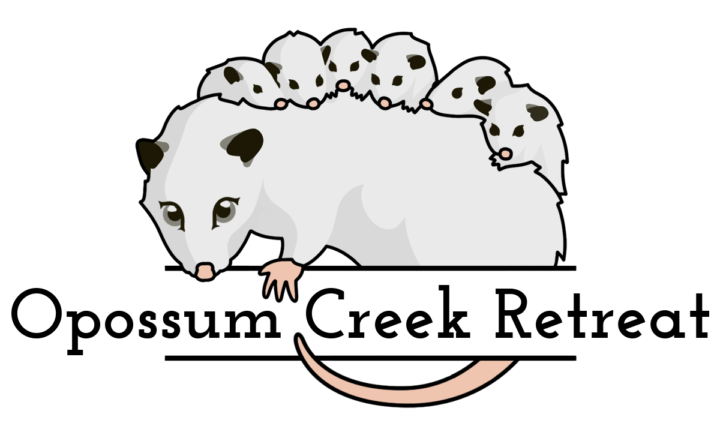Full disclosure: One of them’s not even a flower. Check out the list below if you feel like skipping ahead.
First, a little background…
I can remember the neighborhood gang of kids and I would all get together and escape to the nearest woodlot any chance we could. Being in the suburbs of Philly, there weren’t vast expanses of forest like there are here in Wild Wonderful West Virginia. The gang and I (probably because of me) were always trying to figure out what kind of tree we were looking at or what kind of animal made that hole or… well you get the idea. The point is my curiosity for the things of nature was always there, and has never waned.
After spending a few years with Jim McCormac during the New River Nature and Birding Festival, my curiosity and intrigue was called to a new level. Jim is a botanist and all around nature guy who can spout the genus and species of almost anything you might encounter out there. The great thing about Jim is his child-like enthusiasm. It’s hard for me to imagine anyone who is even slightly interested in the outdoors not being encouraged to learn more when you’re around him.





Last year on Jims recommendation I purchased Newcombs guide to Wildflowers. It is a great book once you learn to navigate it. Here are my favorite first five:
Coltsfoot – Tussilago fafara
This one is native to Europe but is considered one of our own. The flower resembles a dandelion.
Ramps – Allium tricoccum (comes from the old anglic word rampion meaning leek)
May Apple – Podophyllum peltatum. Forms fruit in late April early May. That’s probably where the name comes from.
Trillium – grandiflorum. This plant has three leaves and three Sepals. Hence the name.
Virginia Bluebells – Mertensia Virginica. Better catch this one while you can. The whole plant is gone by late spring.
